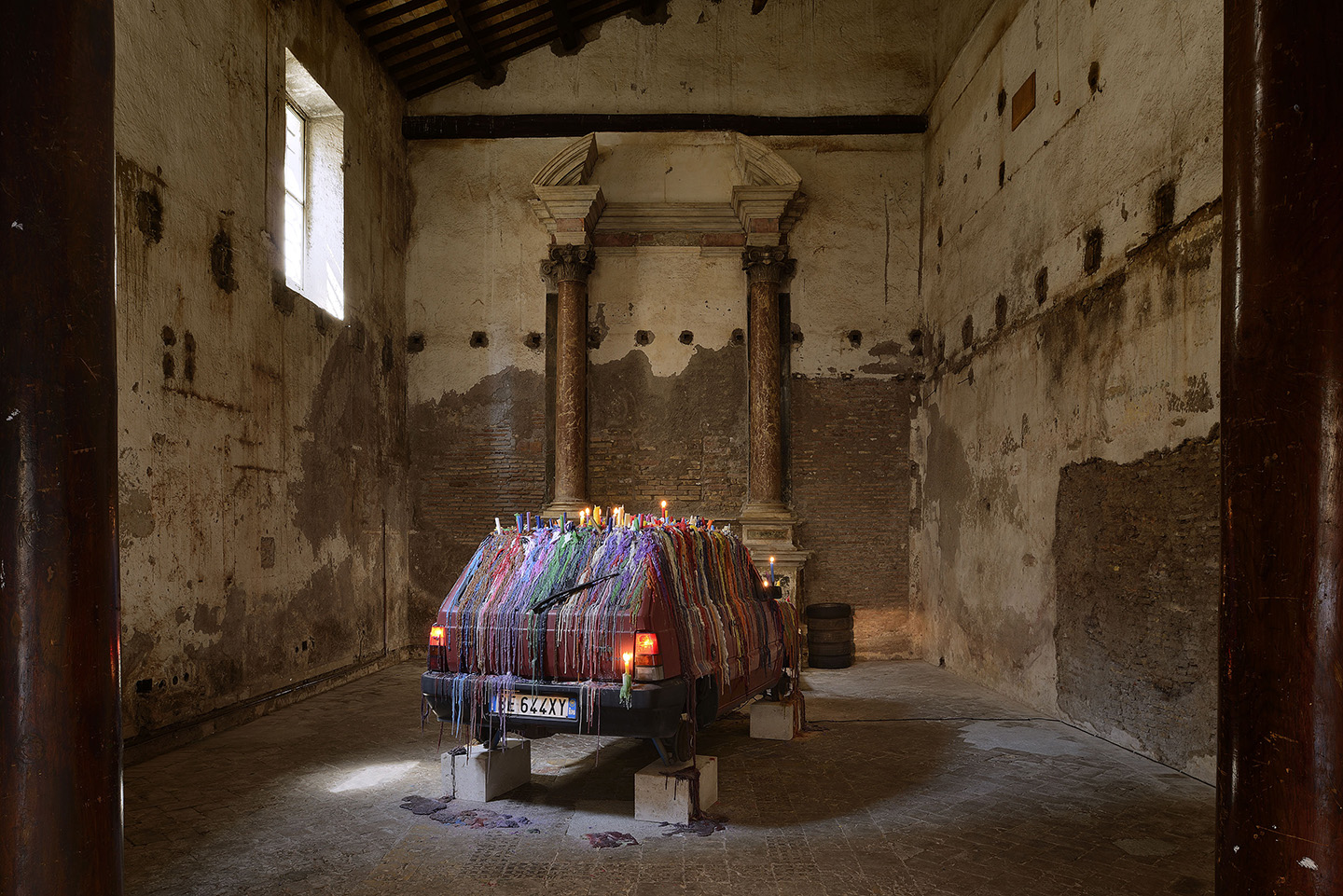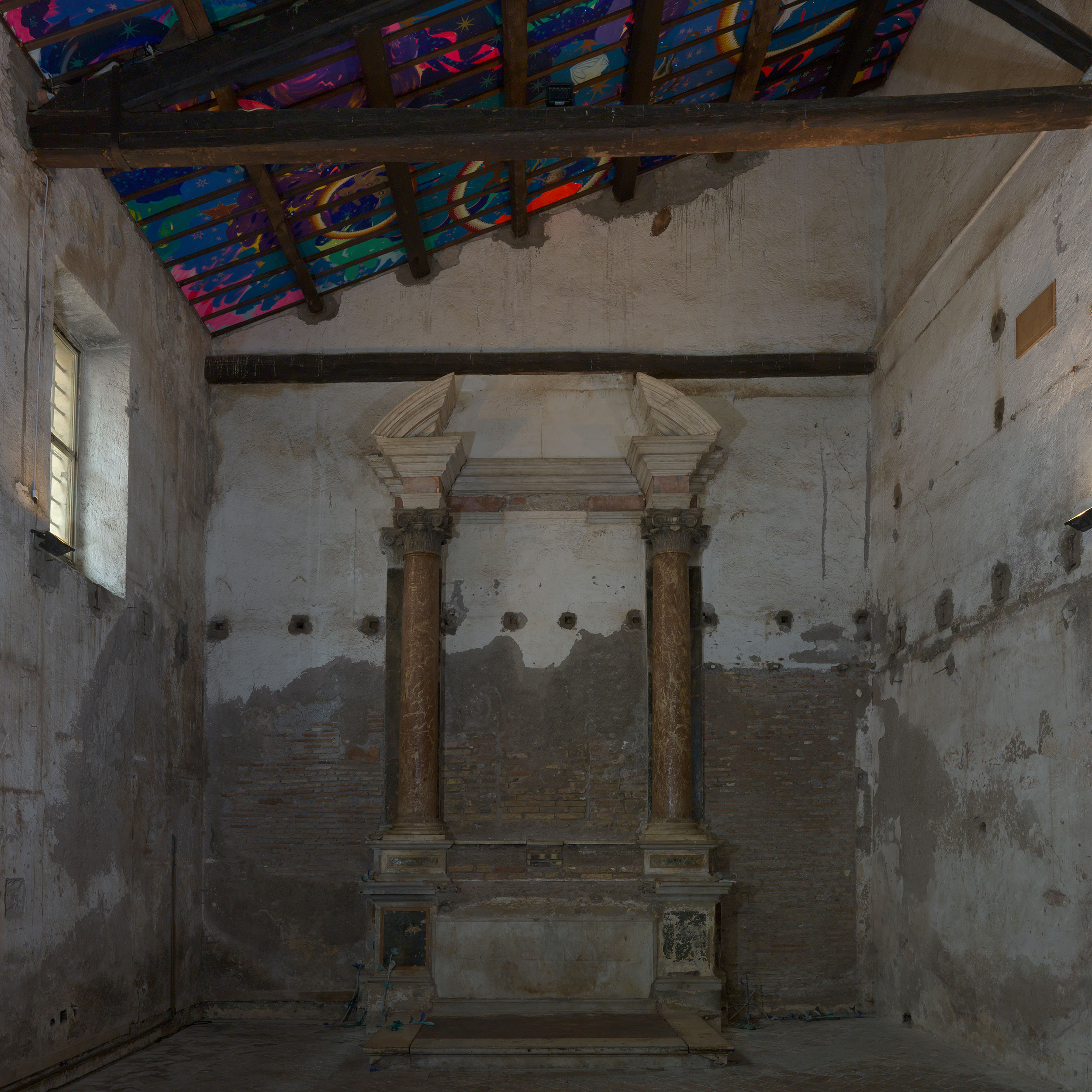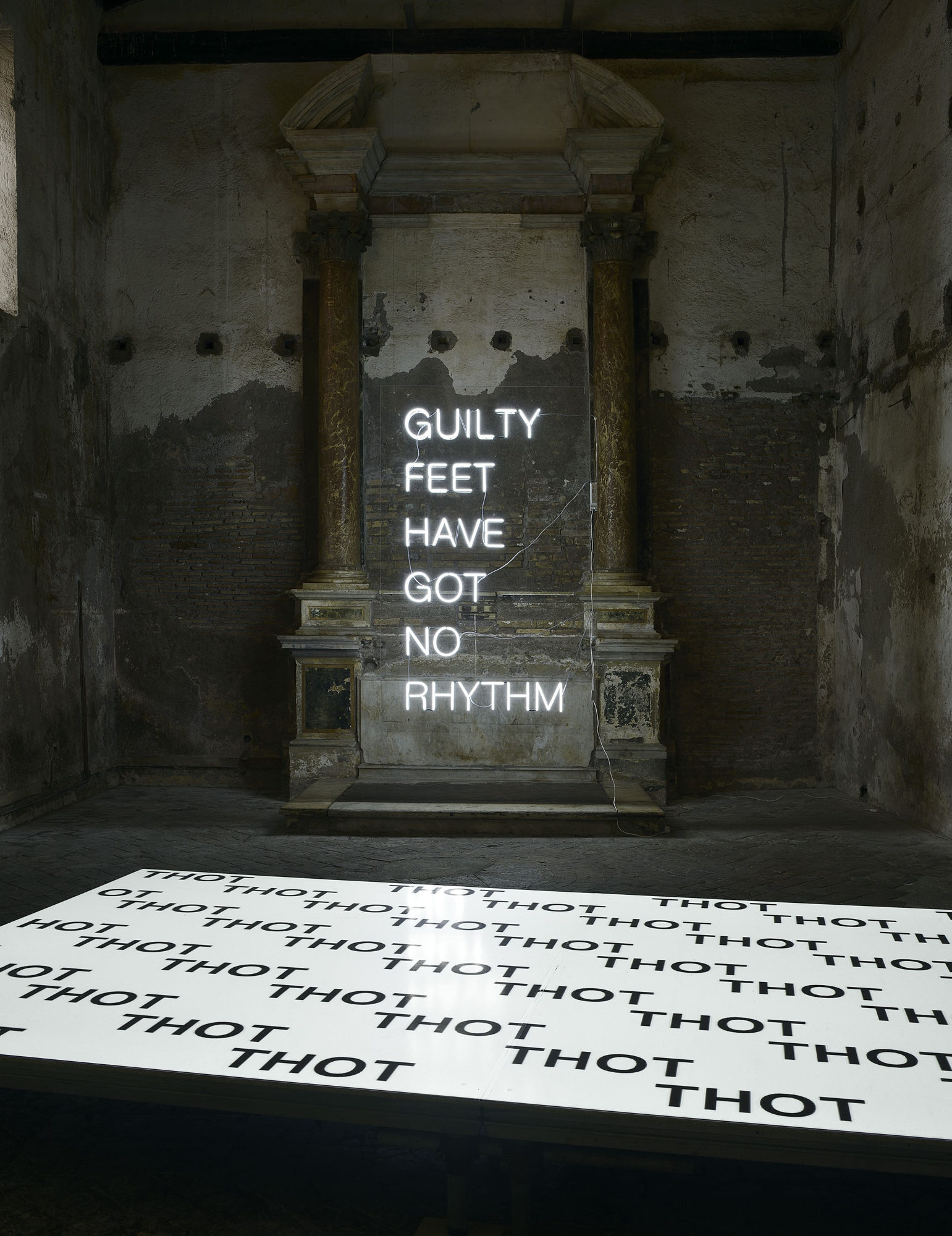A small neighborhood church in a little-known area of Trastevere that fascinates a New York gallerist so much that he decides to acquire it and open an exhibition space there.
This is not the plot of a movie, but a true love story born between the little Church of Sant’Andrea de Scaphis in Rome and the artist-turned-gallerist Gavin Brown.
It was love at first sight more than a decade ago. Brown, who had come to Rome for another artistic venture, found himself near this little gem, which features both Renaissance and 18th-century, and fell completely in love with it.
“Nearby there was this restaurant we still go to, and I used to sit outside and look at this building on the corner. It has always been the most evocative and magnetic building, so simple, small, and obviously empty,” Brown said.
With a history spanning twelve hundred years—the first stone dates back to the 8th century—the little church of Sant’Andrea was deconsecrated due to various vicissitudes in the 1940s and remained completely abandoned until 2015, when, thanks to Brown, it became a space dedicated to contemporary art.
As he states in an interview: “I wouldn’t have opened in Rome if I hadn’t found this space, even though I absolutely adore Rome. It’s not like I was trying to open a place in Europe. I was trying to open this place in this building.”
Depending on how you count, the little church of Sant’Andrea is Brown’s third, fourth, or fifth exhibition space. His career as a gallerist began in the 1990s when he founded Gavin Brown Enterprises, an exhibition space in New York’s SoHo district. In 1999, he decided to purchase Passerby, a bar located near his then-gallery in the Meatpacking District, famous for its dance floor designed by the artist Piotr Uklanski. In 2012, he signed a contract in Los Angeles and opened Mission356, a space managed by the painter Laura Owens, whom Brown himself represented.
In Europe, particularly in Italy, the little church of Sant’Andrea is not Brown’s only “Roman” gallery. At the beginning of the new millennium, precisely in 2003, he inaugurated RomaRomaRoma together with other gallerist friends Franco Noero and Toby Webster, owners of galleries in Turin and Glasgow respectively. The project ended within a couple of years due to collective commitments at their respective galleries.
Brown loves working on and experimenting with unconventional artistic projects. His intention from the very start of this new adventure with the Sant’Andrea church was to create an artistic hub where exhibitions, performances, and various types of artistic events could be hosted.
A project born from a love for the Eternal City, where past and present intertwine and special relationships are formed between the artists and the space of the little church of Sant’Andrea.
Brown is not the first international gallerist to open a venue in Rome. In December 2007, Larry Gagosian inaugurated Gagosian Gallery, his seventh gallery, in a former bank building near Piazza di Spagna. And in Trastevere, along the river bend, over the years Frutta Gallery, founded by the Scottish James Gardner, and Galerie Emanuel Layr, run by the Austrian Emanuel Layr, have also opened their doors.
On other occasions, the Trastevere neighborhood has been gradually establishing itself as one of the most artistically interesting districts for both international and local gallerists, offering a fresh cultural proposal focused on the contemporary art scene.



